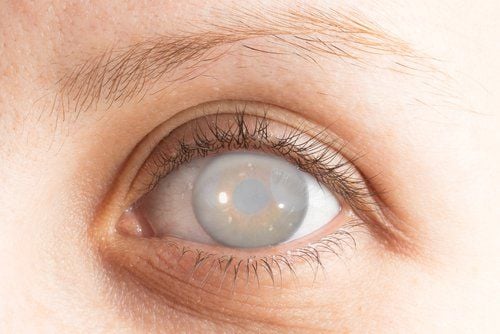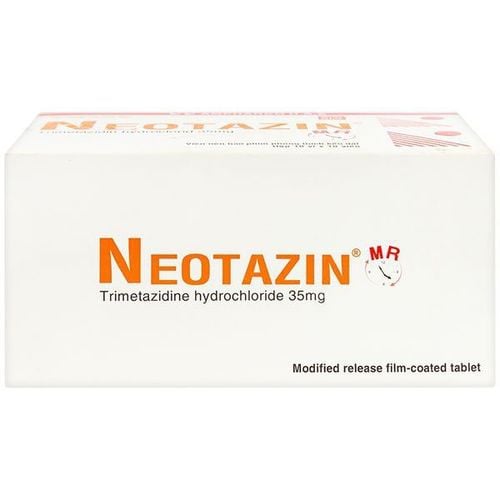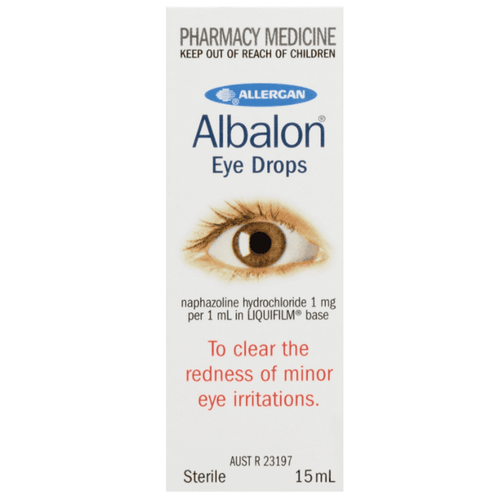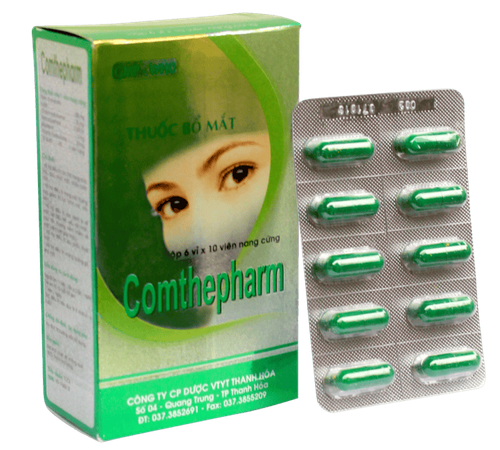This is an automatically translated article.
Post by Master, Doctor Mai Vien Phuong - Department of Examination & Internal Medicine - Vinmec Central Park International General Hospital
Helicobacter pylori (Hp) is a major pathogen implicated in the etiology of gastritis, peptic ulcer disease, gastric cancer, and primary gastric lymphoma. Although the exact mode of transmission of Hp remains controversial. Several authors have examined the role of H.P. infection in eye diseases, including some common diseases such as glaucoma and others as uncommon as mucosal connective tissue lymphoma (MALT). ). We still don't know the truth about how Hp started targeting the eye.
1. History of finding the relationship between H.pylori and eye diseases
In 1997, Mindel and Rosenberg, first described Hp and eye disease. There are common risk factors that may be evident in some diseases. For example, genomic stability is essential for maintaining homeostasis of cells and organisms, but it is the subject of much discussion. A common threat is from a group of compounds called reactive oxygen species (ROS) or free radicals, which can indiscriminately react with many cellular biomolecules including proteins. , lipids and DNA to induce multiple oxidative damage. The human eye is constantly exposed to sunlight and artificial light. Exogenous free radicals such as UV rays, visible light, ionizing radiation, chemotherapeutic chemicals, and environmental toxins can contribute to oxidative damage in tissues. Aging eyes are also at significant risk of oxidative stress. Mitochondria are major targets of free radicals, and altering the efficiency of mitochondrial respiration leads to superoxide production. This precedes further reactions that form potentially dangerous types of free radicals such as hydroxyl radicals, hydrogen peroxide and peroxynitrite. Thus, throughout life free radical damage to the eye can include protein oxidation and DNA damage occurring in various tissues of the eye. Free radicals may be a feature between eye diseases and HP infections.

2. Helicobacter pylori and central serous chorioretinopathy
Central serous chorioretinopathy (CSCR) is characterized by acute, serous sloughing of the sensory retina in the macula due to idiopathic disruption of the extraretinal blood barrier. retina formed by the retinal pigment epithelium. OCT images of such areas show neuroretinal elevation due to the presence of subchondral fluid. Sometimes this is related to a decrease in vision that correlates with the amount of fluid present in the layers of the sensory retina. Although, CSCR most commonly affects young men and is described as a benign and self-limiting disease, it tends to recur. However, some eyes with CSCR may have poor visual outcomes due to retinal pigment epithelium atrophy, persistent pigmented epithelial sloughing, subdural effusion, recurrence, and subchoroidal neovascularization.Exact pathophysiology of serous central chorioretinopathy
The exact pathophysiology of central serous chorioretinopathy is uncertain. It was originally thought to be a disorder of RPE. Choroidal microcirculatory abnormalities, possibly due to atherosclerotic lesions, may play a role. Indeed, the disease can be traced back to choroidal hyperperfusion. HP is associated with the development of atherosclerosis and with enhanced instability of atherosclerotic plaques. Furthermore, a mechanism of cross-mimicking between antibodies against Cag-A and vascular antigens may be involved. In addition, cross-reactivity between antibodies against heat shock proteins and homologous host proteins has been suggested. It should be noted that even this "molecular mimicry" theory is not fully supported. CSCR patients often have higher serum and urinary concentrations of cortisol and catecholamines than healthy subjects. The ability to coagulate and enhance platelet aggregation has been described in patients with CSCR and may somehow affect the choroidal circulation and increase its permeability. Furthermore, even if its role is unclear, platelet-derived growth factor contributes to the pathogenesis of CSCR.
The main risk factors for the onset of CSCR are glucocorticoids
Generally, the main risk factors for the onset of CSCR are glucocorticoids. These hormones increase platelet aggregation and blood viscosity and potentially induce a vasoconstrictor response. These factors combined lead to reduced vessel wall, but on the other hand, they can lead to hypoperfusion and increased endothelial perfusion pressure, resulting in serum leakage and the presence of small molecules. in the retina. However, although several potentially associated risk factors for this disease have been reported and many studies have been performed on this disease over the years, many aspects of CSCR remain unclear. Furthermore, a correlation between CSCR and Hp infection has been suggested. The possible point of contact between these two diseases may be similar to the interaction between Helicobacter pylori infection and atherosclerosis. Indeed, chronic Hp infection may be associated with the development of atherosclerosis through endothelial dysfunction and systemic and vascular inflammation, even if recent studies exclude this association. . Dang et al. suggested that eradication of Hp may increase central retinal sensitivity. However, it must be remembered that metronidazole used in Hp eradication therapy improves intestinal microcirculation in infected rats independent of bacterial burden, causing a significant improvement in functional capillary density. of them. Furthermore, antibiotic treatment significantly reduced cardiac adverse events in patients with acute coronary syndromes; however, this effect is not dependent on Hp serum.
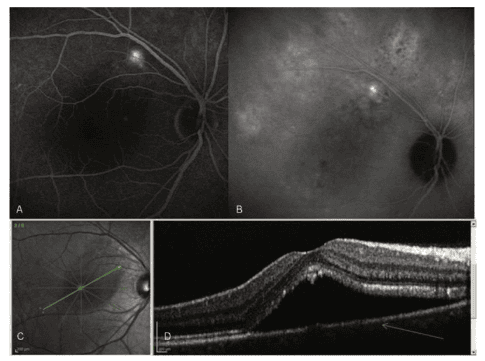
Please dial HOTLINE for more information or register for an appointment HERE. Download MyVinmec app to make appointments faster and to manage your bookings easily.






